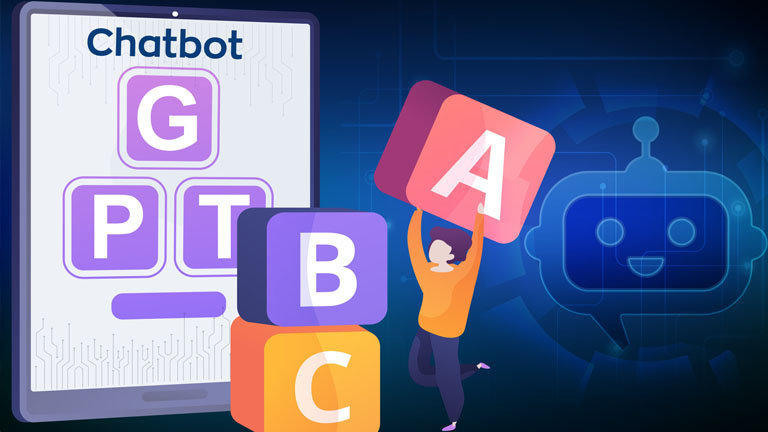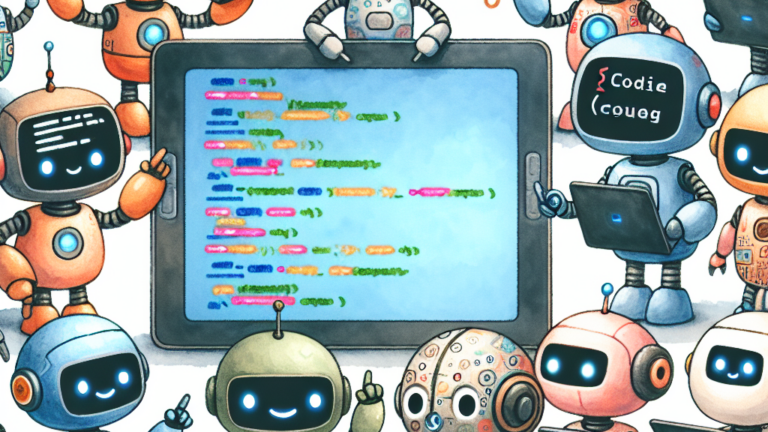
When it comes to advancements in Natural Language Processing (NLP), OpenAI’s ChatGPT often garners significant attention. Known for its eloquence and versatility in conversation, ChatGPT is a frontrunner in the race for creating the most human-like conversational agents. But have you ever paused to wonder what “GPT” actually stands for? Let’s break it down letter by letter to understand what makes this model tick.
G is for Generative
The “G” in GPT stands for “Generative,” which is foundational to the model’s core capabilities. Unlike discriminative models, which classify or label data (like determining if an email is spam or not), generative models like ChatGPT create new data that mimics the input data they were trained on. This means ChatGPT isn’t just capable of interpreting text; it can generate its own, whether that’s answering a question, composing a poem, or even writing code. It’s this generative capability that enables the model to imitate conversations in a way that feels remarkably human.
P is for Pre-trained
“P” refers to “Pre-trained,” emphasizing the model’s original learning phase. Before ChatGPT can chat or perform any specific tasks, it needs to first understand language at a mathematical level. It does so by being trained in a diverse range of internet text. This pre-training serves as a broad education for the model, enabling it to learn the ins and outs of language—from grammar and syntax to idioms and cultural nuances. Think of this as “General Education” courses before moving on to a specialized major. The pre-training phase equips the model to generate contextually relevant and coherent responses when it later interacts with users.
T is for Transformer
Finally, “T” stands for “Transformer,” the model architecture upon which ChatGPT is built. Introduced in the 2017 paper “Attention Is All You Need,” the Transformer architecture revolutionized NLP by solving issues related to understanding the sequence and context in language. Using stacked layers of this attention mechanism, the Transformer allows ChatGPT to handle long conversations and provide more nuanced replies, separating it from earlier, less capable models.
So, when you interact with ChatGPT, you’re not just chatting with a simple program; you’re engaging with a Generative, Pre-trained Transformer that represents some of the most sophisticated technology in the field of NLP. Each letter in its acronym encapsulates a critical aspect of its functionality, and together, they spell out a model that is pushing the boundaries of what we expect machines to understand and how we expect them to interact with us.



